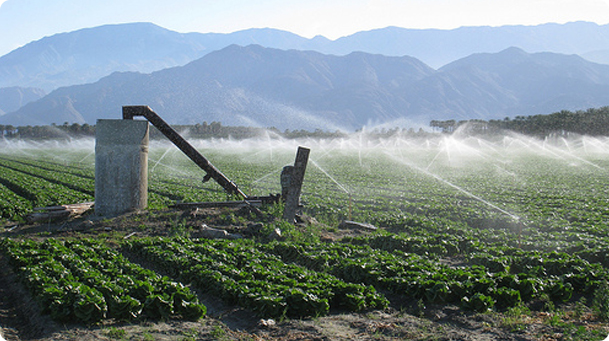Without irrigation, farming in the Westlands area of California would be limited and ineffectual. The history of Westlands is one of continual adaptation, careful water stewardship

Before Westlands began receiving Central Valley Project (CVP) water, growers on the west side of the San Joaquin Valley relied on groundwater pumping. The dependence on groundwater led to severe overdrafts, widespread land subsidence and other environmental damage. Growers primarily grew a limited variety of crops, focusing on cereal grain crops such as wheat and barley. California’s first legislature recognized a need for developing year-round irrigation water supplies for the fertile San Joaquin Valley as early as 1850, but planning was limited to the east side. It was to be another 87 years before the CVP would become the main source of water for the Valley and an additional 26 years before San Luis Act facilities would bring surface water to the Westlands area.
